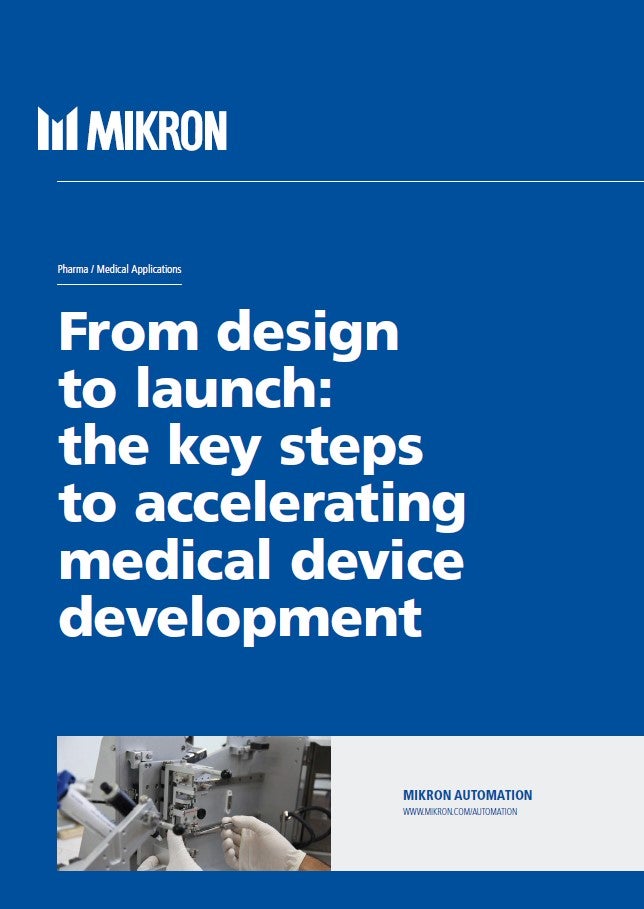Sepsis is a life-threatening complication of infection and can lead to multiple organ failure (severe sepsis) and death, especially if it is not recognised early and treated promptly. Sepsis diagnostic criteria were recently updated (Sepsis-3 criteria) to improve consistency in diagnosis, facilitate earlier recognition and management of sepsis, and prevent the risk of sepsis development. There has not, however, been universal acceptance of these updated criteria. The wide acceptance of these new criteria would require valid and reproducible evidence of superiority against the Sepsis-2 diagnostic criteria in different settings and countries.
The disease definitions for sepsis have been revised at regular intervals. The American College of Chest Physicians/Society of Critical Care Medicine consensus conference in August 1991 defined sepsis as a systemic inflammatory response syndrome. These criteria were revised in 2001 by expanding the list of diagnostic criteria and were known as Sepsis-2 diagnostic criteria. In 2015, European Society of Intensive Care Medicine and Society of Critical Care Medicine task force members defined sepsis as life-threatening organ dysfunction caused by a dysregulated host response to infection. Under the new consensus definition (Sepsis-3), a patient is diagnosed with sepsis if organ dysfunction can be identified as an acute change in total sepsis-related organ failure assessment (SOFA) score of two or more, consequent to the infection. Although the Sepsis-3 criteria are considered superior, real-world evidence is limited by a lack of comparative clinical studies.
How well do you really know your competitors?
Access the most comprehensive Company Profiles on the market, powered by GlobalData. Save hours of research. Gain competitive edge.

Thank you!
Your download email will arrive shortly
Not ready to buy yet? Download a free sample
We are confident about the unique quality of our Company Profiles. However, we want you to make the most beneficial decision for your business, so we offer a free sample that you can download by submitting the below form
By GlobalDataAccording to a June 2017 study conducted by Shankar-Hari and colleagues and published in the British Journal of Anaesthesia, 92% of cases met both the Sepsis-2 and Sepsis-3 criteria (only 4% of cases for Sepsis-2 and 4% for Sepsis-3 did not overlap), suggesting no clear superiority of one over the other criteria. Further studies in different settings and countries are needed to validate the findings of this study.
GlobalData epidemiologists forecast that the diagnosed incident cases of severe sepsis in the seven major markets (7MM: US, France, Germany, Italy, Spain, UK and Japan) will grow at an annual growth rate (AGR) of 2% per year over the next ten years, from around 2.3 million cases last year to 2.8 million in 2030 (Figure 1). This forecast used the Sepsis-2 criteria for severe sepsis. GlobalData epidemiologists believe that the projected cases are unlikely to differ widely, as more than 90% of cases are considered to overlap between Sepsis-2 and Sepsis-3 criteria.
Sepsis diagnosis requires valid and reproducible diagnostic criteria that are also universally acceptable. Despite the availability of Sepsis-3 criteria for the past few years, there is a reluctance to use the updated criteria in different settings. To encourage the use of Sepsis-3, further comparative clinical studies are required, highlighting the difference in diagnostic and prognostic accuracy between Sepsis-2 and Sepsis-3 criteria.










